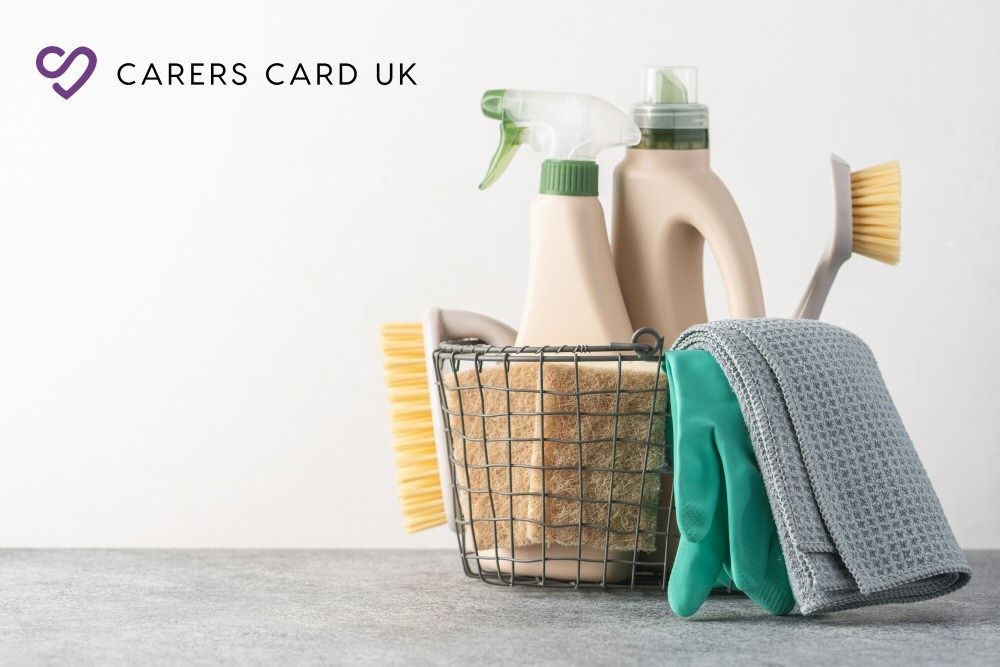Welcome to our latest guide on maintaining a healthy home environment, especially tailored for carers who manage not only their own wellbeing but also that of others. This article, brought to you by CarersCardUK, provides practical advice on preventing and controlling mould in your home, ensuring a cleaner, safer living space for everyone.
Understanding Mould
Mould is a common issue in many homes, thriving in damp, poorly ventilated areas. It can cause various health problems, such as allergies, respiratory issues, and weaken immune systems—concerns that are particularly significant when you're caring for someone with health sensitivities.
Identifying Mould in Your Home
Before tackling mould, it’s crucial to know where and what to look for. Common signs include:
- Dark spots on walls, especially in corners and near windows.
- A musty, damp smell.
- Wallpaper that's peeling or discolored.
Preventing Mould Growth
Prevention is the most effective weapon against mould. Here are several strategies:
- Improve air circulation: Regularly open windows and doors to improve airflow, reducing moisture levels that encourage mould growth.
- Use dehumidifiers: Especially in damp areas like bathrooms and kitchens, to keep humidity levels under control.
- Fix leaks: Promptly repairing any plumbing leaks prevents moisture accumulation.
Effective Cleaning Solutions
When mould appears, addressing it quickly can prevent it from spreading. Here are some safe, effective methods:
- Vinegar solution: A mix of vinegar and water can be sprayed directly onto mouldy surfaces, left for an hour, then wiped clean.
- Baking soda: Used with vinegar or water, baking soda helps kill mould and remove odours.
Dealing with Persistent Mould
Sometimes, despite your best efforts, mould can persist, particularly in homes with ongoing damp issues or structural problems. In such cases, consider:
- Professional mould removal: If mould covers a large area, it might be safer and more effective to hire professionals.
- Investigating underlying issues: Persistent mould might indicate more serious problems like structural leaks or insulation failures.
Special Considerations for Carers
As a carer, your time is precious, and managing mould should not add to your stress. Look for signs of mould during your regular cleaning routines and address spills or leaks immediately. Keeping a routine checklist can also help manage these tasks without overwhelming you.
Summary and Key Takeaways
To summarise, controlling mould is crucial for maintaining a healthy home environment:
- Regularly check your home for mould signs, especially in high-risk areas.
- Use natural cleaning solutions like vinegar and baking soda for safe and effective mould removal.
- If problems persist, don't hesitate to contact professionals.
- Carers need to incorporate mould checks into their regular routine to prevent it from becoming a bigger issue.
Remember, taking proactive steps to prevent and manage mould not only helps maintain your home but also supports the health and wellbeing of those you care for. For more resources and support, visit CarersCardUK.
Posted: 05/02/2025

